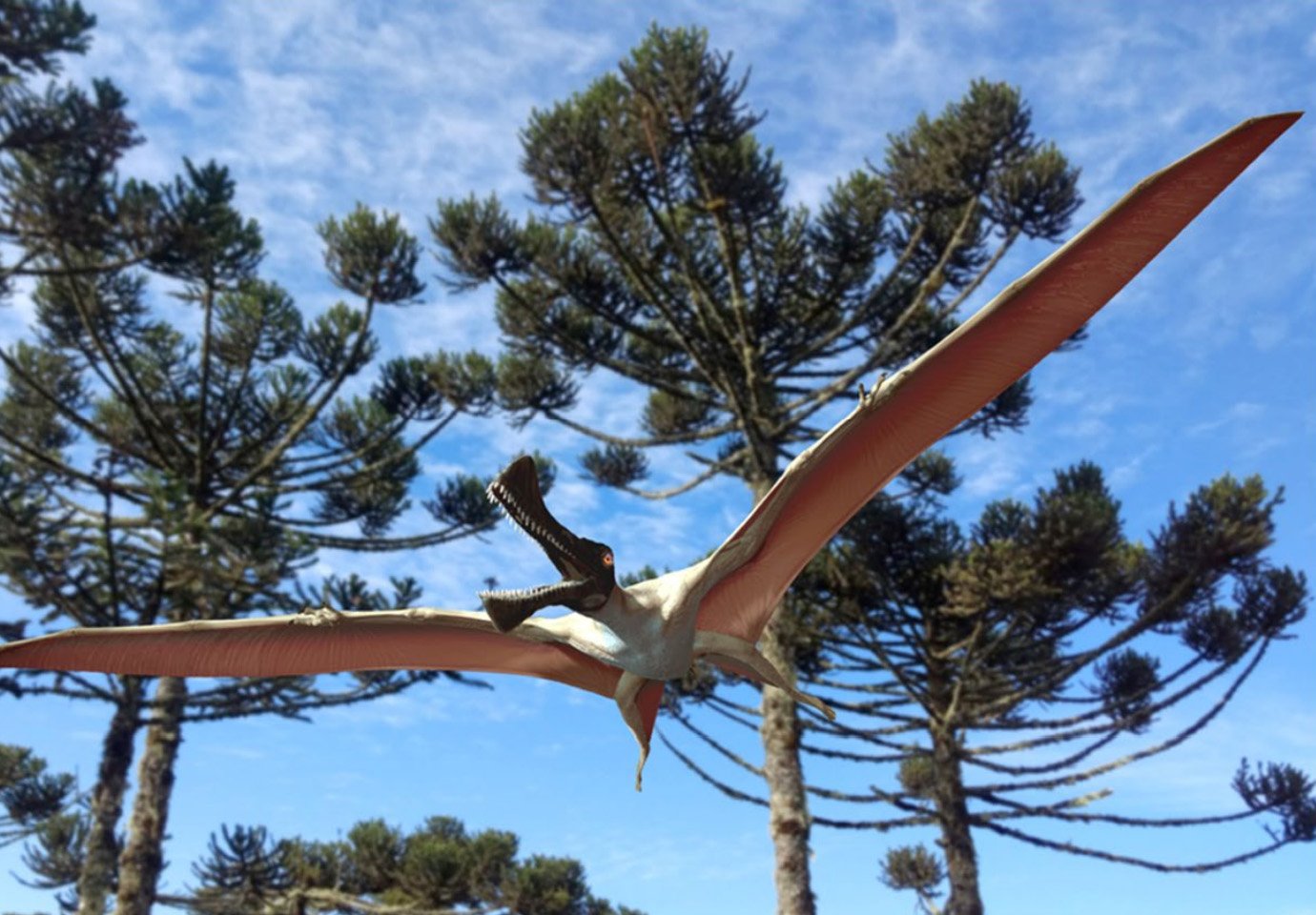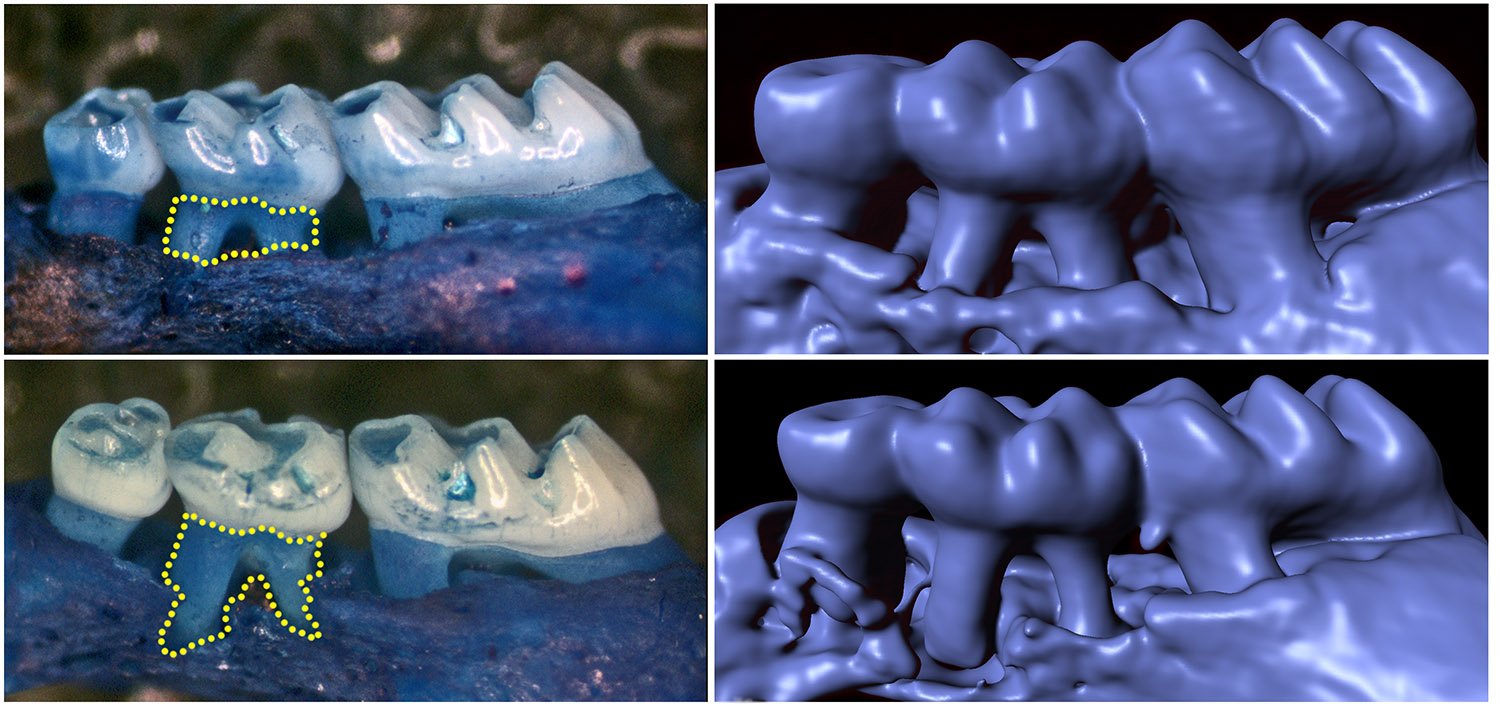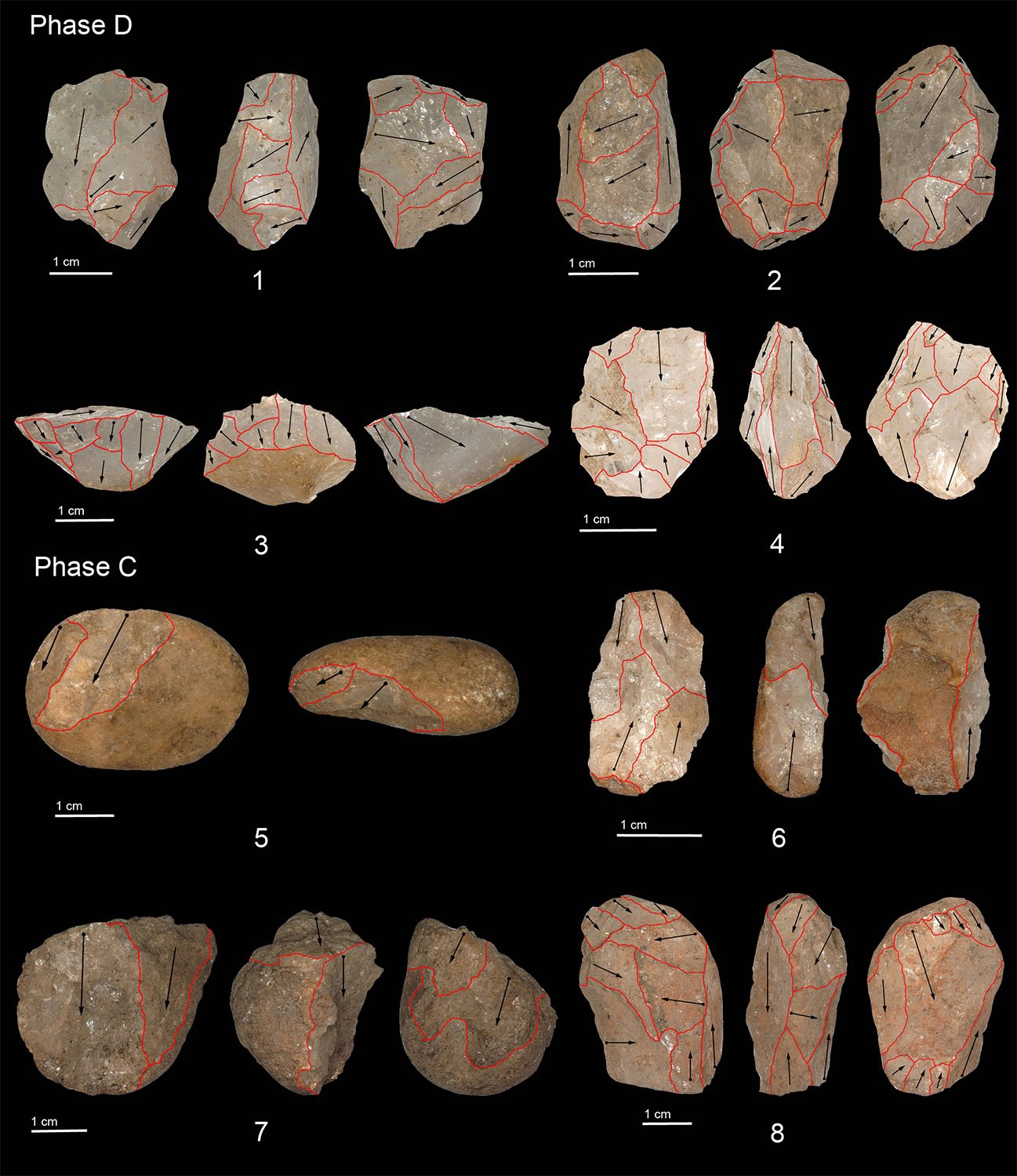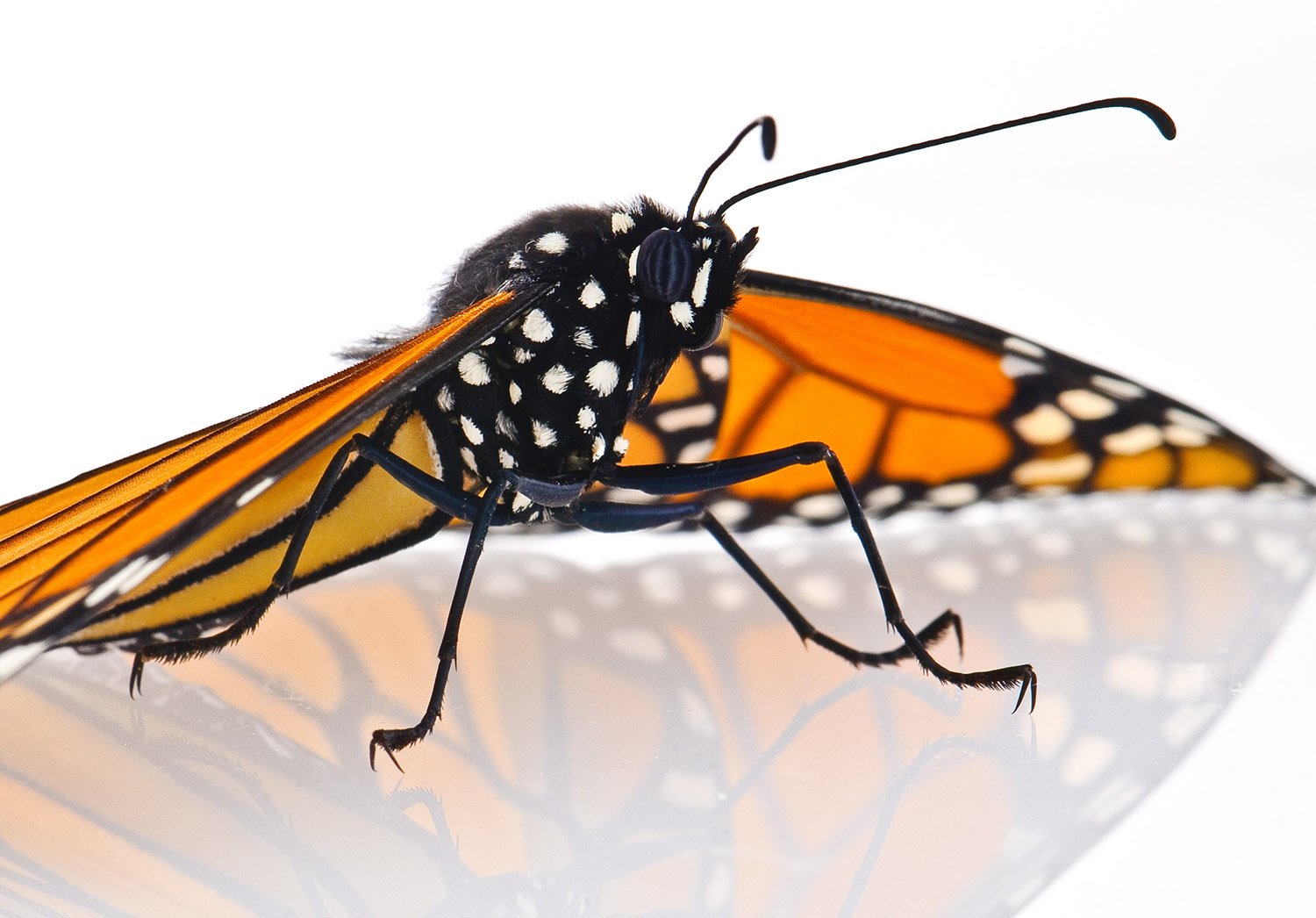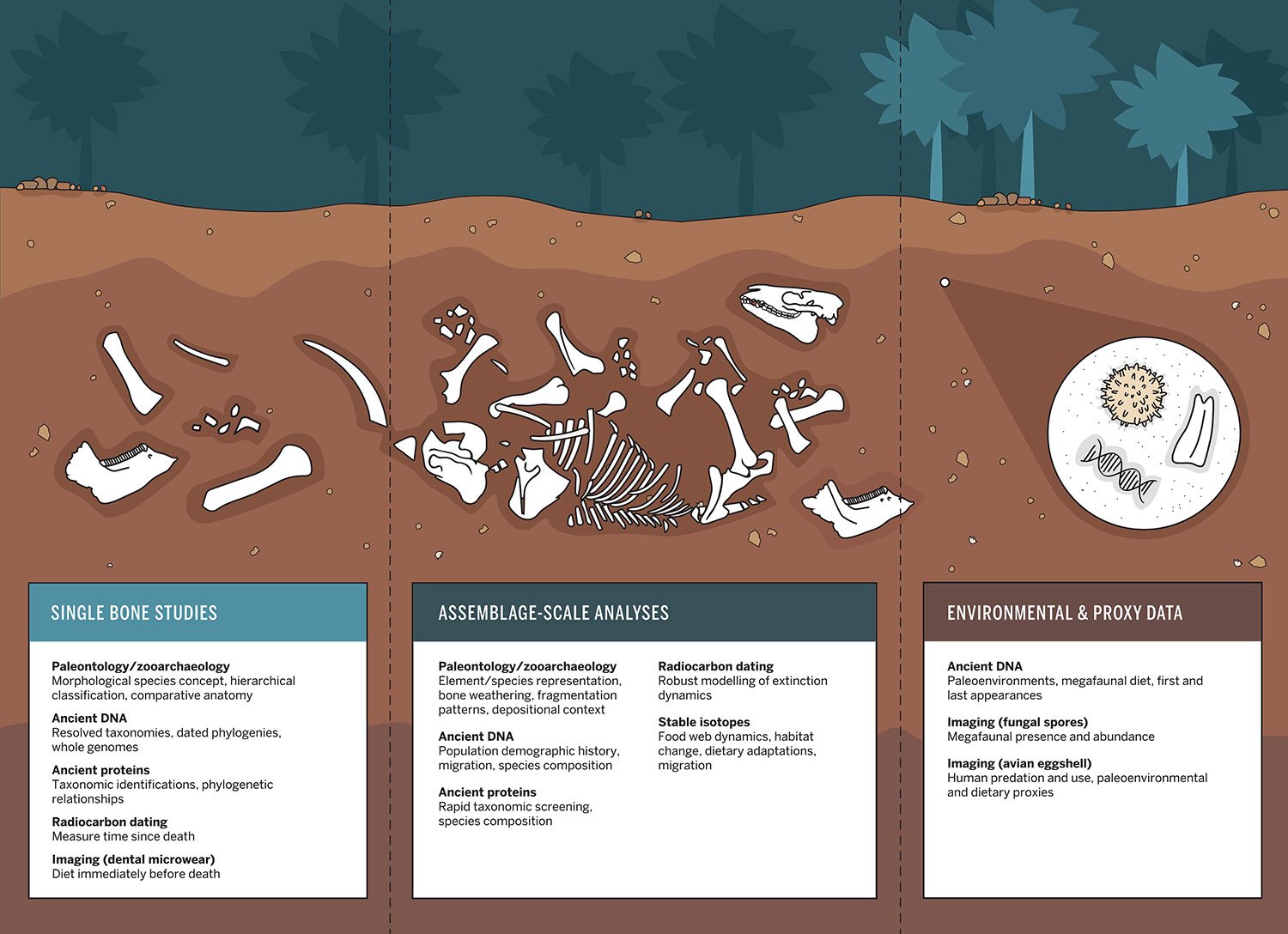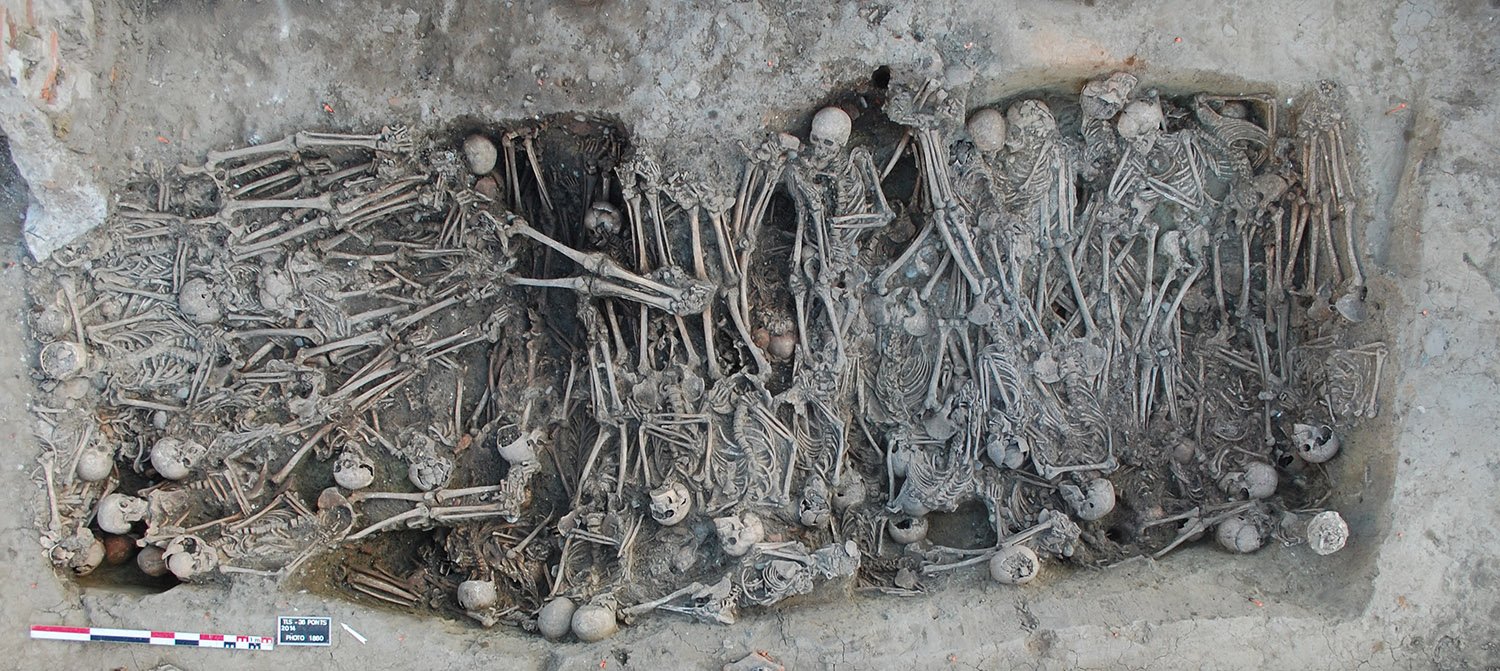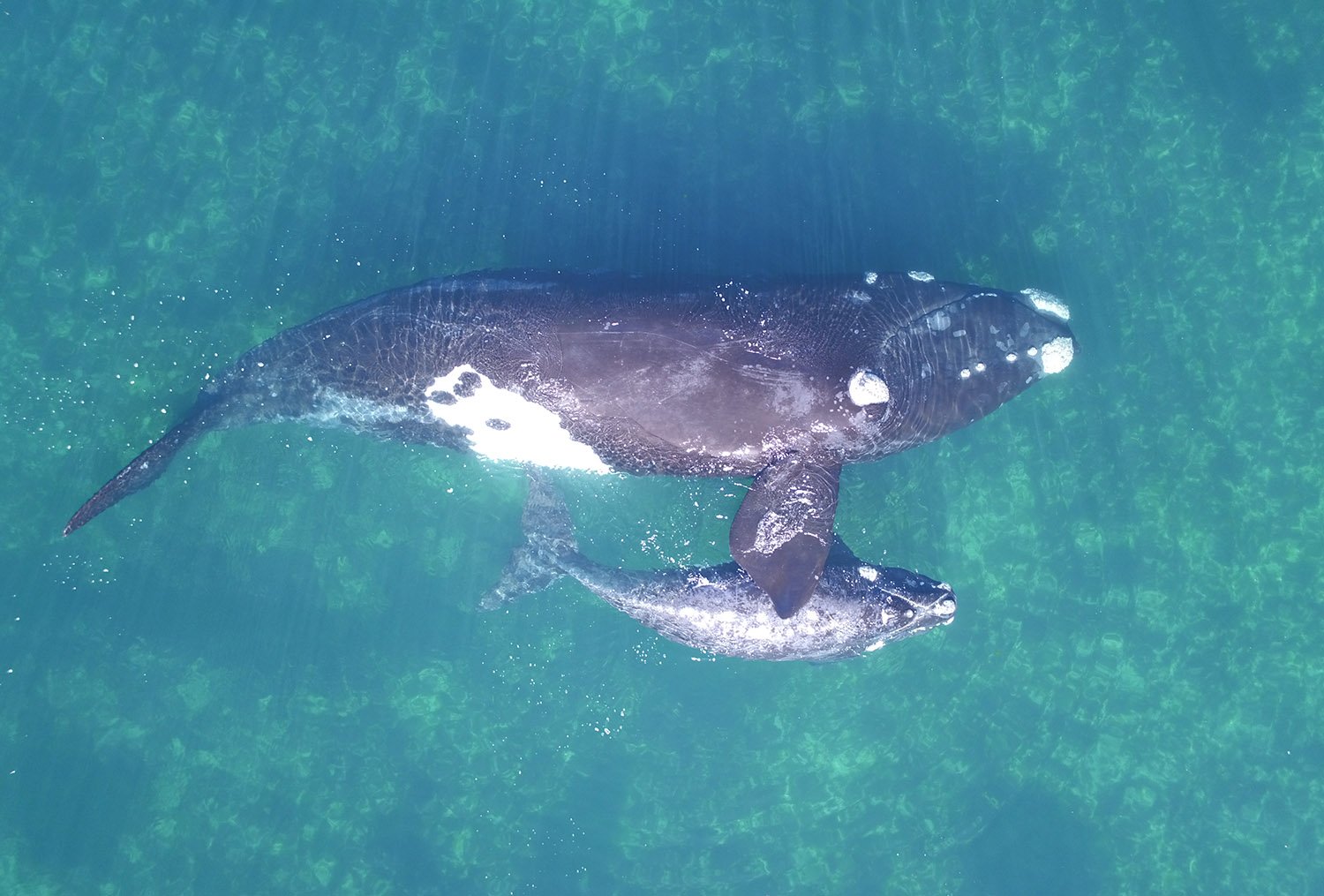New Australian pterosaur may have survived the longest
The discovery of a previously unknown species of pterosaur, which may have persisted as late as the Turonian period (90–93 million years ago), is reported in Scientific Reports this week. The fossil, which includes parts of the skull and five vertebrae and wing elements, is the most complete pterosaur specimen ever found in Australia. The findings suggest it … Read more
